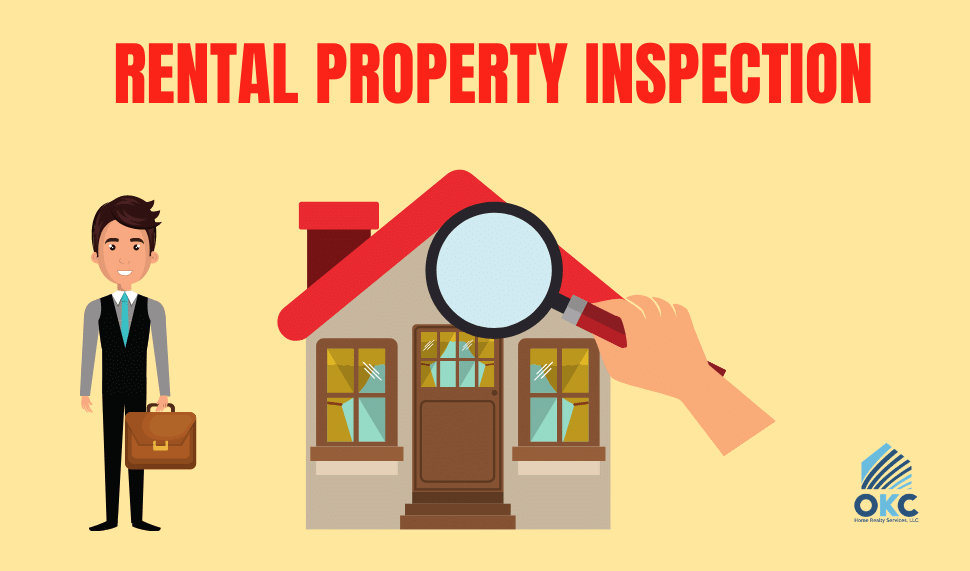Best home inspections for apartments, townhouses, and single-family homes
Best home inspections for apartments, townhouses, and single-family homes
Blog Article
What Is Included in an Extensive Building Inspection Process?
A comprehensive residential property examination procedure is essential for ensuring and protecting investments security. It includes a precise assessment of structural integrity, electrical systems, plumbing, and heating and cooling systems, among various other essential parts. Assessors execute a thorough examination of both outside and indoor aspects, determining prospective risks and compliance with sector criteria. The resulting report functions as a vital source for present owners and possible customers alike. Nevertheless, the specifics of what inspectors focus on, and the effects of their findings, can dramatically affect decision-making. What, after that, are the most crucial facets that can make or break a residential or commercial property analysis?
Summary of Property Assessment
The inspection includes numerous crucial areas, including the outside and interior aspects, systems such as pipes and electrical, and any kind of visible architectural components (Phoenix home inspections). During the procedure, the assessor documents the condition of these components, seeking signs of wear, damage, or possible hazards
A detailed home examination not only helps potential purchasers make informed decisions but also aids current owners in recognizing necessary repair services or upkeep tasks. By providing an in-depth record of searchings for, the assessment enables stakeholders to prioritize problems that may need prompt focus or can impact future financial investment.
Additionally, an efficient assessment procedure sticks to developed industry requirements and guidelines, making sure a dependable and consistent assessment. On the whole, the residential property assessment procedure is a crucial device in property purchases, promoting transparency and protecting both buyer and seller interests.
Architectural Analysis

Throughout the examination, professionals assess different components, including the foundation, framing, wall surfaces, and roof systems. They search for indicators of settling or shifting, such as fractures in walls or uneven floors, which can signify underlying problems. The analysis additionally entails taking a look at the top quality of building and construction products and methods made use of, making certain conformity with building regulations and requirements.
Furthermore, inspectors may look for indicators of moisture intrusion, which can lead to timber rot and mold and mildew, additional compromising architectural honesty. They additionally review load-bearing components to ensure they can sufficiently support the weight of the structure and its materials.
Inevitably, a complete structural examination offers invaluable understandings for potential buyers and home owners, enabling them to make enlightened decisions pertaining to home investments and required maintenance. By recognizing structural worries early, owners can attend to concerns proactively, preserving the lasting worth and safety and security of the home.
Electric System Assessment
An efficient electric system analysis is important in the building inspection procedure, as it assesses the security, functionality, and compliance of a structure's electric facilities - Phoenix property inspections. This assessment normally incorporates a comprehensive assessment of the major electrical panel, circuit breakers, and circuitry systems. Assessors look for signs of wear, rust, or damage that may jeopardize safety and security
The evaluation includes testing for adequate grounding and bonding, guaranteeing that the electrical system is correctly connected to stop electric shock or fire threats. Assessors additionally assess the capability of the electrical system to deal with the present lots, identifying any potential overloading concerns that can bring about failings or failures.
Furthermore, the analysis look for the existence of GFCI (Ground Fault Circuit Interrupter) and AFCI (Arc Fault Circuit Interrupter) tools in ideal areas, which are crucial for shielding versus electrical shocks and preventing fires. Conformity with neighborhood building ordinance and policies is also validated to make sure that any type of setups or modifications fulfill security requirements.

Plumbing and Cooling And Heating Checks
Following the electric system get redirected here assessment, the plumbing and HVAC checks are essential elements of the property evaluation process. These assessments guarantee that the vital systems of the residential property are operating effectively and securely, therefore securing the financial investment and wellness of the residents.
During plumbing inspections, specialists analyze the problem of pipelines, components, and water drainage systems. They look for leaks, corrosion, and any indicators of water damages that might suggest bigger problems. The efficiency of water heaters is additionally examined to ensure they meet existing criteria and provide ample warm water supply.
Inspectors will evaluate the operational effectiveness of these systems, ensuring that they preserve a comfy interior atmosphere. Furthermore, the inspector will look for any kind get redirected here of signs of wear or possible safety and security risks, such as carbon monoxide leakages in home heating systems.
Outside and Interior Examinations
Exterior and interior assessments are critical elements of the property evaluation procedure, supplying a comprehensive summary of a building's condition. The exterior evaluation includes examining architectural components such as the roofing, house siding, structure, and home windows. Inspectors look for signs of wear, damage, or potential risks, consisting of water breach, mold and mildew development, and pest problems. They additionally examine the bordering landscape, guaranteeing appropriate drain and determining any type of trees or greenery that may endanger the home.
The interior inspection concentrates on the condition of living spaces, consisting of walls, floor covering, and ceilings. Examiners examine the capability of appliances, doors, and home windows, while also examining for signs of dampness or structural issues. Electrical systems, plumbing fixtures, and HVAC devices are scrutinized to guarantee they are in working order, certified with building ordinance, and complimentary from safety dangers.
Both inspections culminate in a thorough report that highlights essential findings and suggestions for repairs or additional evaluations. This double strategy ensures that prospective customers or owners are completely notified concerning the home's toughness and weaknesses, enabling them to make knowledgeable choices.
Conclusion
To conclude, an extensive home inspection process includes a considerable evaluation of structural integrity, electrical systems, plumbing, and a/c visit here devices, alongside comprehensive exterior and interior evaluations - Phoenix property inspections. By systematically examining each important part, possible safety hazards and compliance with sector criteria and neighborhood building regulations can be recognized. The resultant thorough record acts as a crucial source, encouraging property owners and buyers to make enlightened choices pertaining to building investments and upkeep, eventually improving safety and worth
A thorough building assessment process is important for protecting investments and making certain safety and security.Throughout the evaluation, specialists examine different components, consisting of the foundation, framework, walls, and roof systems.A reliable electrical system analysis is important in the residential or commercial property inspection procedure, as it assesses the safety and security, performance, and conformity of a building's electric infrastructure.Outside and interior examinations are vital aspects of the residential property evaluation procedure, providing a detailed overview of a property's condition.In verdict, an extensive building evaluation procedure incorporates a comprehensive analysis of structural stability, electric systems, pipes, and Heating and cooling devices, along with comprehensive outside and indoor inspections.
Report this page